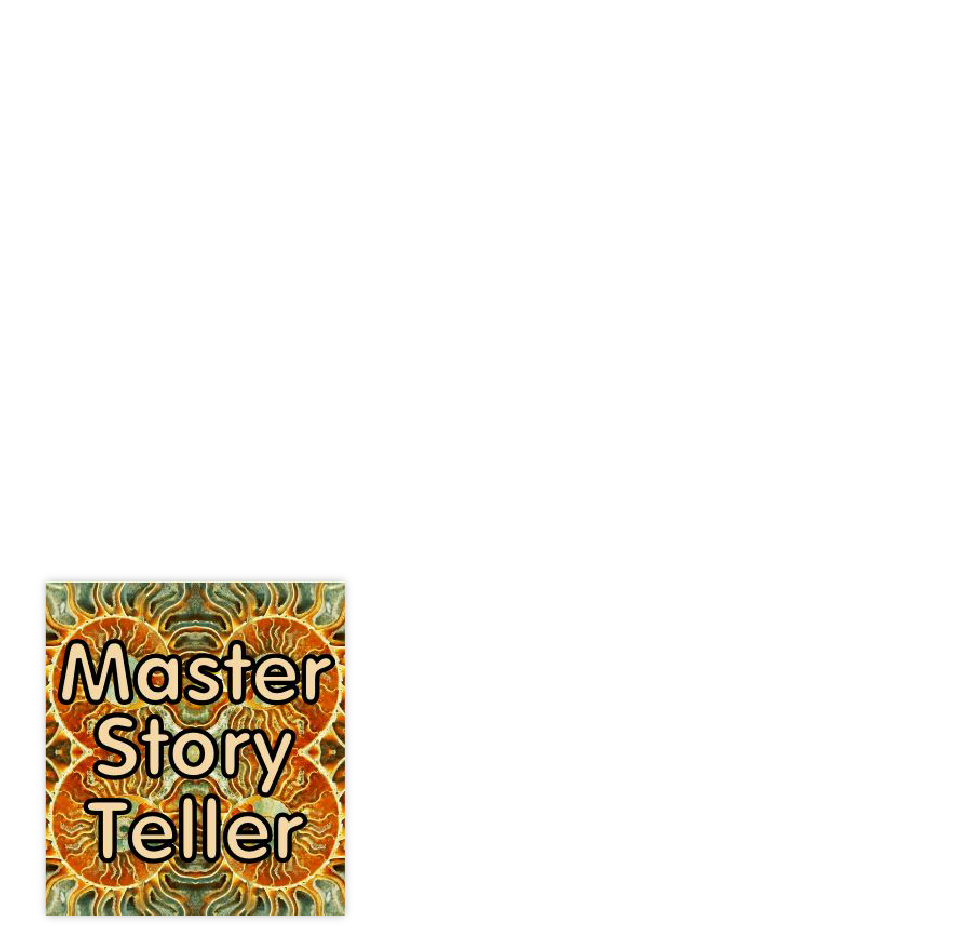





Melanie Anne Phillips
Creator of StoryWeaver, Co-creator of Dramatica, and designer of the Master Storyteller Method.
 Visit Our Store
Visit Our Store
Free, zippo, nada
gratis, on the house
$100 Complete
$100 / Hour


StoryWeaver and Dramatica
Two of the products designed / co-designed by Melanie Anne Phillips.





Copyright © Melanie Anne Phillips. Creator, StoryWeaver ~ Co-creator, Dramatica
Develop your story with…

Now if I were working with one of my story consulting clients, I’d take a look at their log line and make some suggestions for improving it.
But, that’s pretty hard to do in a self-guided format, so I’ll do the next best thing: I’ll tell you what I look for in their work so you can look for the same things in yours.
For reference, here’s the example log line from the last step that we’re going to eventually develop into a full-blown story world as a guide for what to do for your own story:
“A sheriff in a western town is trying to stop a gang of cutthroats from repeatedly robbing the town blind.”
Appraisal #1
One thing this does right is that it doesn’t contain any questions, such as “Does he accomplish his goal?” You’d be surprised by how many writers think of the log line as a sales pitch and try to turn it into a mystery to draw in the reader or to intrigue a publisher or development exec.
But in the Master Storyteller Method, nobody’s going to see this long line but you (and possibly me), and it’s only purpose is to focus your attention on the core of your story.
So, don’t ask questions in the log line - you are just asking them of yourself.
In fact, asking questions about the log line is really important step we’ll get to in a bit. But even then, you’ll want to be asking about the log line, not putting questions in it.
Appraisal #2
Next, make sure it is only one sentence. And no cheating by trying to cram more information into it by writing a big long convoluted James Joyce sentence. Seriously - you’d be surprised how many writers hate leaving anything out. They hate it so much they would rather bloat their log line to the point it is unreadable rather than lose a single thing.
Don’t do this! The whole point of this exercise is to get your wonderful, passionate, inventive, compelling story boiled down to one dull, boring (but informative) line.
Appraisal #3
Check to make sure you have at the very least some characters and some plot. If you can work it in, also try to have a general setting and the nature of the problem that sets the story off.
Appraisal #4
Sometimes a story is more about someone on a personal journey of self-discovery than about the plot. Fine. Make sure you state that in very succinct terms. And include information such as who is going on this journey (one person or several). What are they trying to find (the secret to happiness, an understanding of their true nature as a good or bad person, to get in touch with their animal instincts)? Who or what is against them, or what major obstacle stands in their way and must be surmounted if they are to achieve success in their venture?
If you have a character like Scrooge in A Christmas Carol you might write a log line that says,
“A wealthy but stingy businessman who has become bitter due to great personal losses in his youth learns the value of giving after being visited by three ghosts on Christmas eve.”
In this case, we described that our main character will eventually change and that the story has a happy ending. In our example log line about the sheriff, nothing was said about success or failure or a feel-good ending or not.
Summing up:
I could go on and on (and do with my clients!) But you get the idea. Just check over your log line to make sure it is just one sentence, is not convoluted, doesn’t ask questions or come off like an ad campaign, and that it reflects the essence of your story as you see it - the characters, plot, theme or genre elements that are at the heart of your idea. Make any changes or revisions necessary and you’re done with this step.
In the next step, we’ll start asking some questions about your log line and then start to expand it into a broader description of your story as that seed begins to grow.


